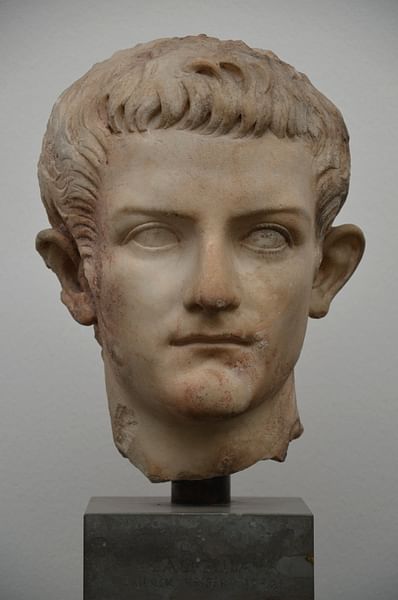The Mouse Symbolises Ignorance
Ganesh Chaturthi also known as Vinayaka Chaturthi is one of the important Hindu festivals celebrated throughout India with a great devotion. This day is celebrated as the birthday of Lord Ganesh, the elephant-headed son of Lord Shiva and Goddess Parvati. Lord Ganesh is the symbol of wisdom, prosperity and good fortune.
Ganesh Chaturthi is celebrated on Shukla Chaturthi of the Hindu month of Bhadra (generally falls between August and September). This festival is celebrated by Hindus with great enthusiasm. People bring idols of Lord Ganesh to their homes and do worship. The duration of this festival varies from 1 day to 11 days, depending on the place and tradition. On the last day of the festival the idols are taken out in a colorful and musical procession and immersed traditionally in water.As per Hindu mythology Lord Ganesh is considered as "Vigana Harta" (one who removes obstacles) and "Buddhi Pradayaka" (one who grants intelligence). This festival is very important for students, they worship Lord Ganesh to illuminate their minds.
Vinayaka Chaturthi is celebrated every year on the 4th day of the first fortnight of Bhadrapada month per Hindu calendar, which typically aligns with August or September month of Gregorian calendar. This day is marked in the scriptures as the birthday of Ganesha, son of Siva and Parvathi. The Ganesha festival should be an opportunity for us to understand the significance of His Form and Name and the proper way to adore the Ganesha Principle.
Once upon a time Parvathi (Divine Mother) and Parmeshwara (Divine Father) wanted to decide between Vinayaka and Subrahmanya (their two sons) who was superior. They called both of them and set them a task. They were told that they should go round the cosmos. Whoever came first would be entrusted with the highest office. Subrahmanya immediately got onto the back of his peacock and started flying on its wings. But Ganapathi stayed put. Parvathi and Parmeshwara thought Ganapathi was out of the race. But on seeing Subrahmanya at a distance, Ganapathi got up, circumambulated his parents and sat down. Ganapathi claimed that he had won the race. When Parmeshwara questioned him, Ganapathi replied: "The whole cosmos is a projection of the Lord. The Lord is immanent in the universe. When I have gone round my Divine parents, I have gone round the universe." Ganapathi also asked them: "Show me any place where you are not present. You are omnipresent. You are in everything."
Because of the acute intelligence he displayed, Vinayaka was made the head of the ganas by Parmeshwara.
Gajaanana is another appropriate name for Ganesh. The derivative meaning of Gajaanana is: ‘ga’ means gamyam (goal), ‘ja’ means janma (birth); anana means face. So this name indicates that Ganesh is not merely one who has the face of an elephant as commonly understood. He is the deity that enables us to be face-to-face with God, who is the goal of human birth.
Mouse is the vehicle of Vinayaka.Mouse symbolises darkness which means ignorance. Mouse moves about in darkness only, and not in light. Therefore the inner meaning of the mouse being Vinayaka’s vehicle is that he subdues ignorance. Parvati means Prithvi or earth. So when we say Ganapathi is Parvati’s son, it means he is the son of the earth. Partha, Arjuna’s another name, also means son of the soil. Every man is born of the earth. So everyone is Ganapathi. Ganapathi means the Master of Ganas. The ten senses, mind and intellect—these twelve are the Dwadasa Adityas or twelve Ganas of which Ganapathi is the Lord. So he resides in every person in the form of intellect and Jnana or wisdom.
In human beings there are five organs of perception and the five organs of action. The mind is the master over these ten organs. Buddhi (intellect) is the discriminating faculty above the mind. The ten senses, the mind and the intellect together constitute the ganas. In the word gana, ‘ga’ stands for buddhi (intellect), and, ‘na’ signifies vijnana (the higher knowledge or wisdom). Ganapathi is the master of intellect and wisdom. Swami tells us that Vinayaka exists within every being in the form of the Atma. Like Vinayaka, Atma has no master.


















